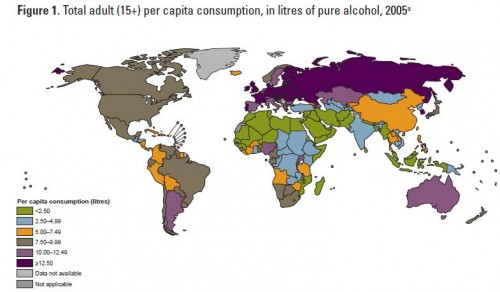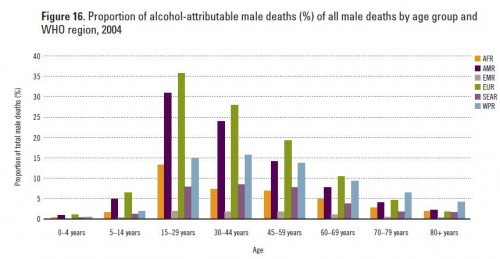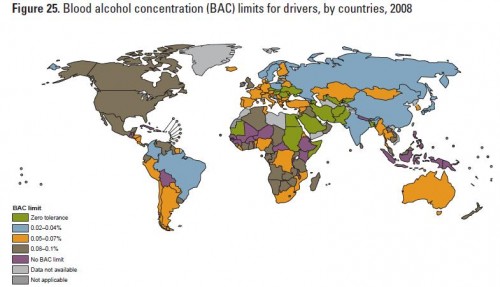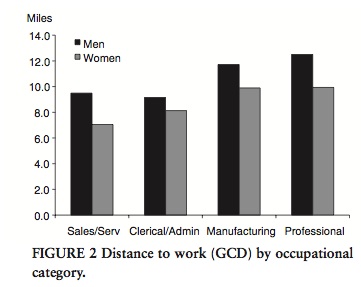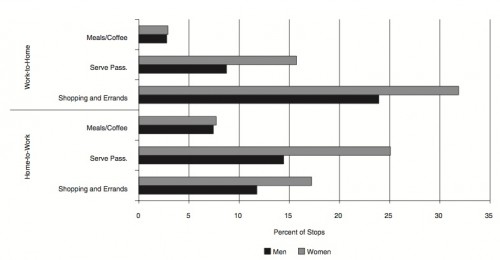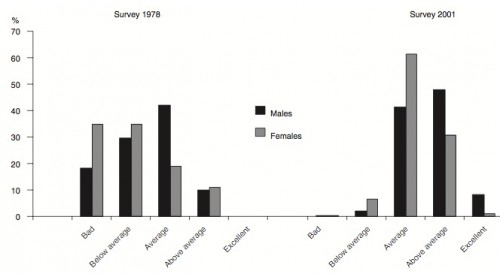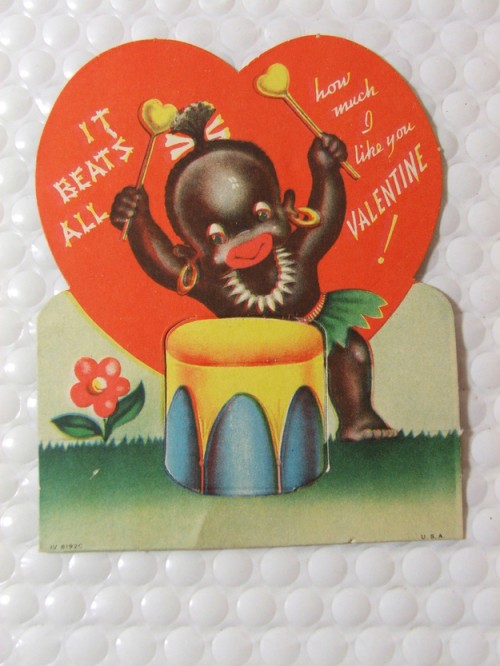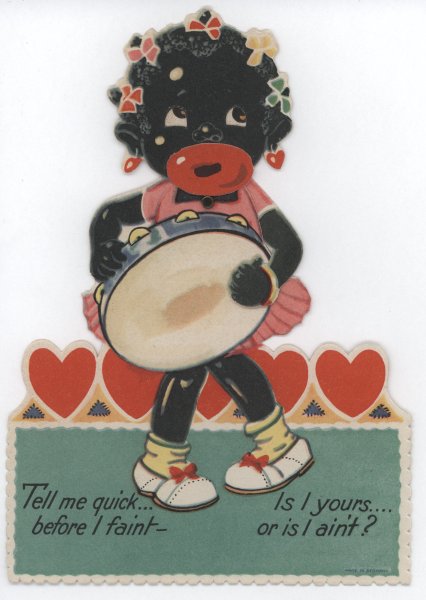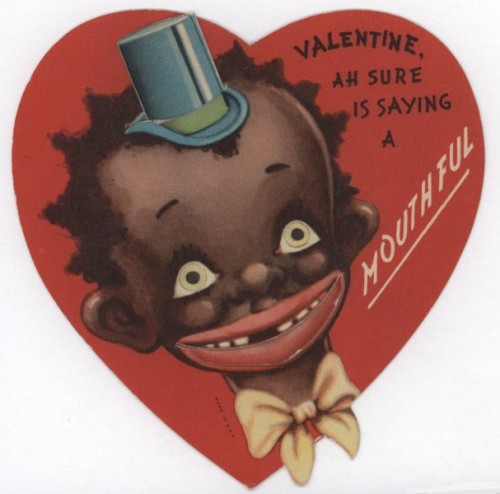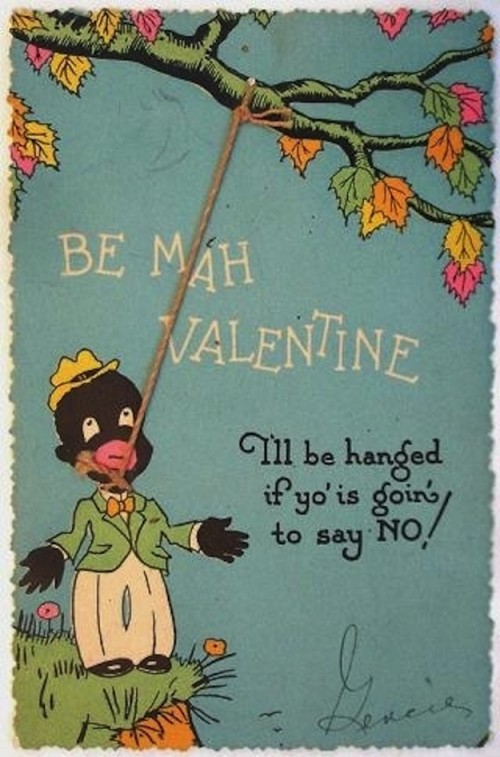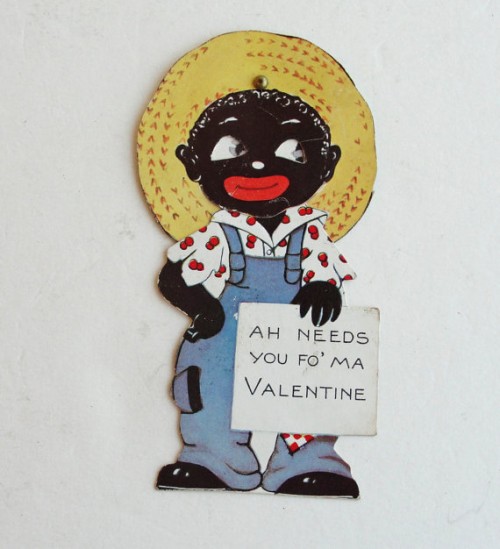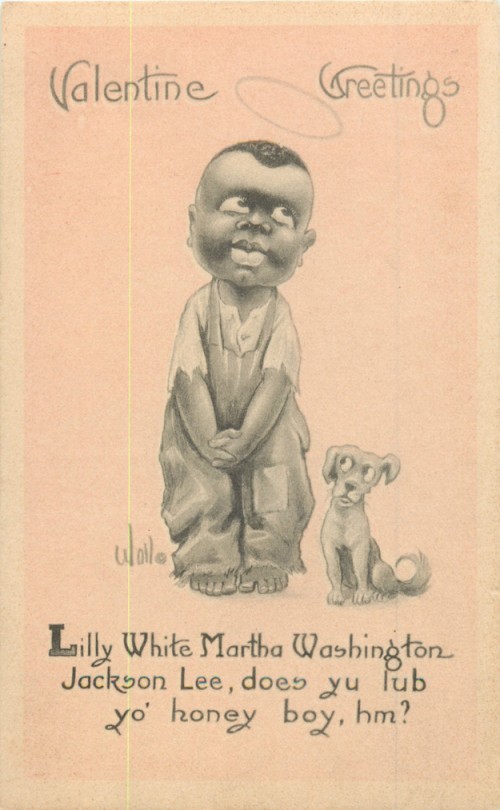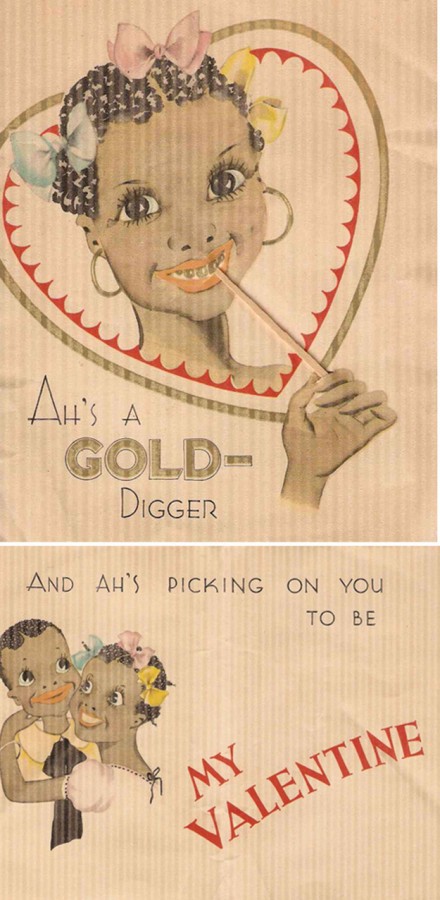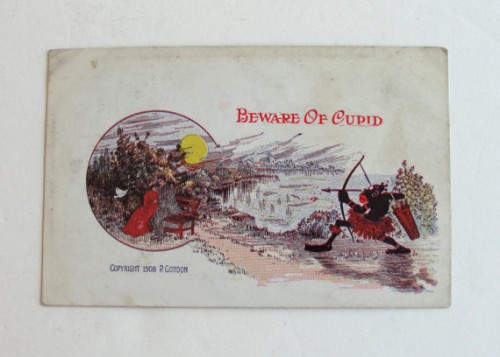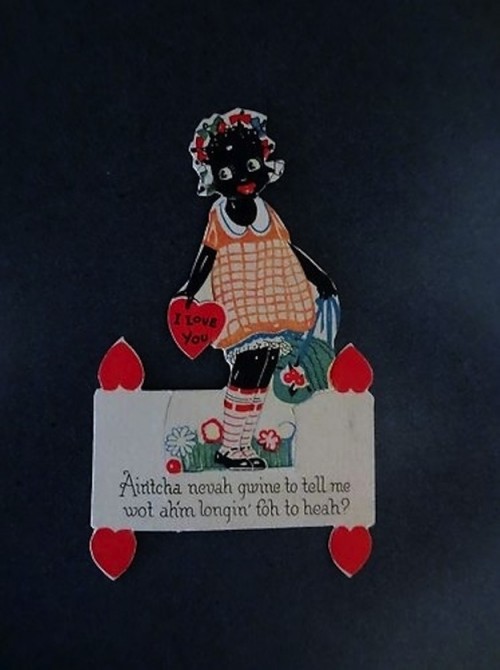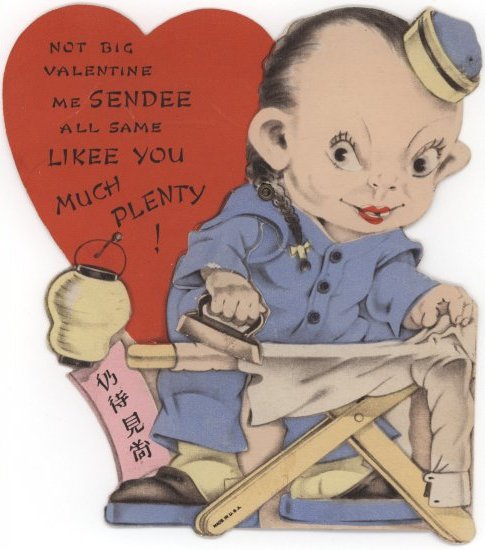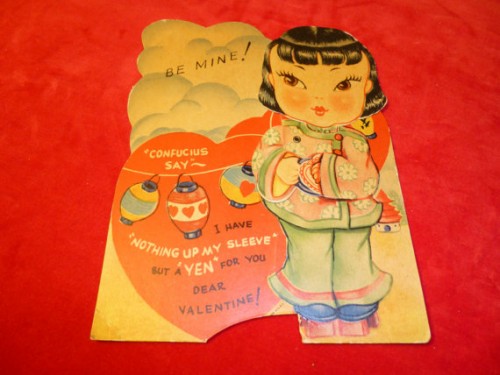Cross-posted at Jezebel.
Last year in a post about the truism “sex sells,” I asked:
But whose sex is sold? And to who?
“If it was simply that sex sold,” I continued…
…we’d see men and women equally sexually objectified in popular culture. Instead, we see, primarily, women sold to (presumably heterosexual) men. So what are we selling, exactly, if not “sex”?
I argued that what was really being sold was men’s (presumably heterosexual) sexual subjectivity, the experience of being a person in the world who was presented with images that were for his titillation. Women do not live in the world this way. They are not exposed everyday to images that legitimize their lust; instead, the images teach women that they are the object of that lust.
In light of this, Sociologist Beth Eck did a series of interviews attempting to tap into what it felt like for men and women to look at male and female nudes. Her findings were pretty fascinating.
First, she asked men and women to look at naked images of women, including this one of Cindy Crawford:

Women viewing images of female nudes almost inevitably compared themselves to the figure and felt inadequate. Said one women:
…the portrayal of these thin models and I just get depressed… I’m very hard on myself, wanting to be that way.
Women ended up feeling bad whether the model conformed to conventional norms of attractiveness or not. When looking at a heavy set woman, they often responded like this:
I am disgusted by it because she is fat, but I’m also… I need to lose about 10 pounds.
I don’t necessarily find her body that attractive… Her stomach looks like mine.
Men, in contrast, clearly felt pandered to as holders of a heterosexual male gaze. They knew that the image was for them and offered praise (for a job well done) or criticism (for failure to live up to their expectations). About Crawford they said:
Personally I think she is attractive.
I like that.
Both men and women, then, knew exactly how to respond to female nudes: women had internalized their object status and men had internalized their subject status.
Eck then showed them male nudes, including this one of Sylvester Stallone:

Interestingly, both men and women felt uncomfortable looking at male nudes.
Men responded by either expressing extreme disinterest, re-asserting their heterosexuality, or both. They did not compare themselves to the male nudes (like women did with female nudes), except to say that they were both male and, therefore, there was “nothing to see.” Meanwhile, because men have been trained to be a lustful sexual subject, seeing male nudity tended to raise the specter of homosexuality. They couldn’t see the bodies as anything but sexual objects for them to gaze upon.
In contrast, the specter of homosexuality didn’t arise for women because they weren’t used to being positioned as lustful. Eck explains:
When women view the seductive pose of the female nude, they do not believe she is ‘coming on to’ them. They know she is there to arouse men. Thus, they do not have to work at rejecting an unwanted advance. It is not for them.
Many women also did not feel lustful when looking at male nudes and those that did often experienced lust mixed with guilt or shame. Eck suggest that this may be, in part, a reaction to taking on the active, consuming, masculine role, something they’re not supposed to do.
Summarizing responses to the male nudes, she writes:
Men, over and over again, reject the seductive advance [of a male nude]. While some women welcome the advance, most feel a combination of shame, guilt, or repulsion in interacting with the image…
This is what it means to live in a world in which desire is structured by a gendered sexual subject/object binary. It’s not just “out there,” it’s “in us” too.
Source: Eck, Beth. 2003. Men are Much Harder: Gendered Viewing of Nude Images. Gender & Society 17, 5: 691-710.
Lisa Wade, PhD is an Associate Professor at Tulane University. She is the author of American Hookup, a book about college sexual culture; a textbook about gender; and a forthcoming introductory text: Terrible Magnificent Sociology. You can follow her on Twitter and Instagram.

